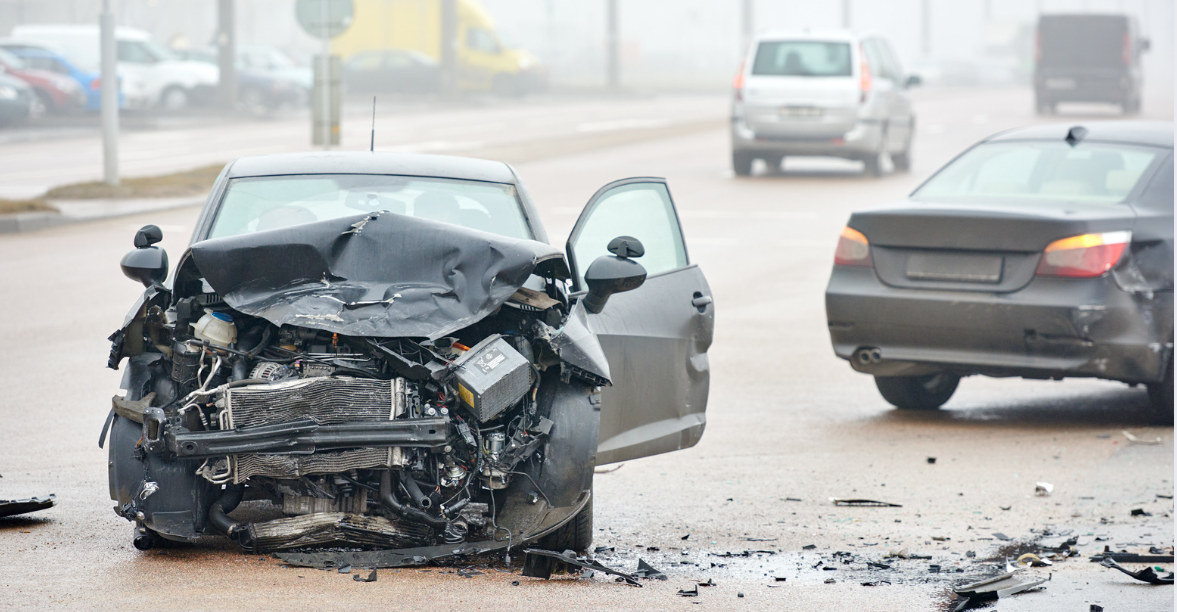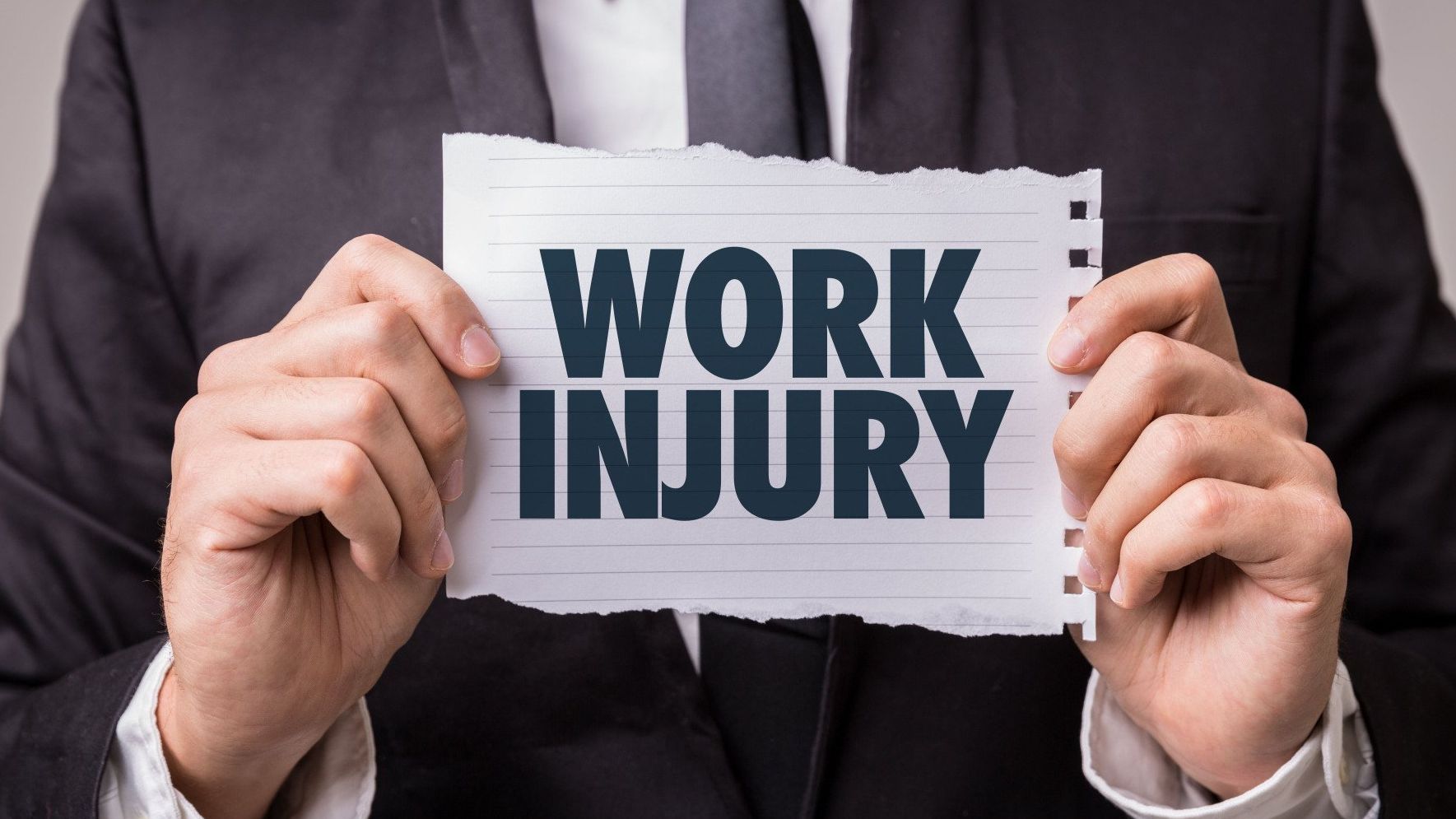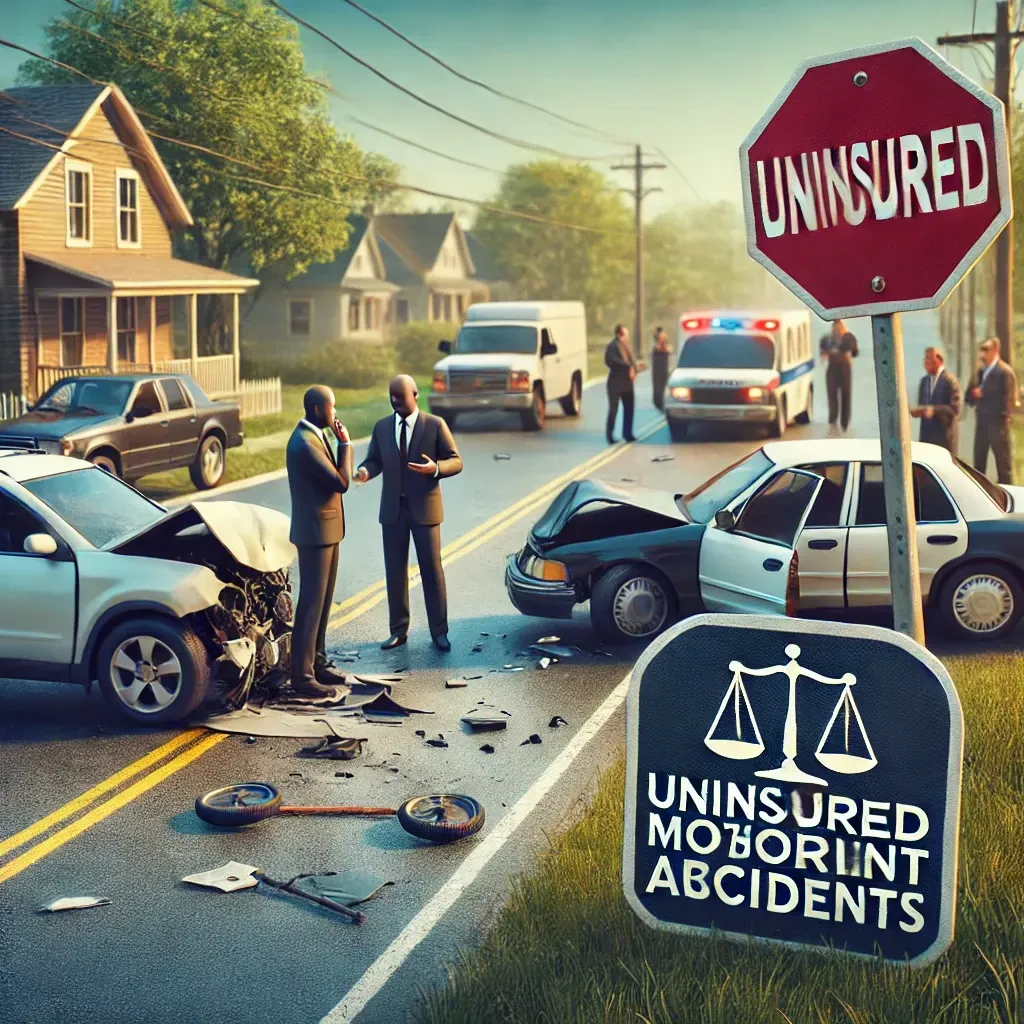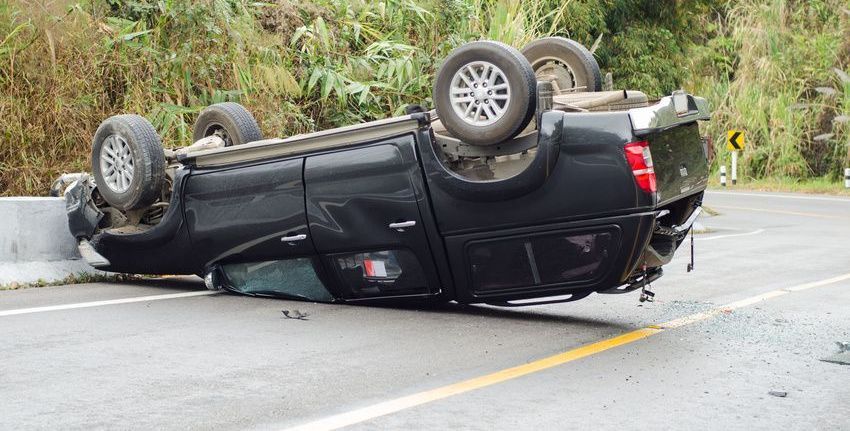What Are Construction’s “Fatal Four?”
Hibu Websites • March 31, 2021
What Are Construction’s “Fatal Four?”
18 Jun, 2017
Construction sites are among the most dangerous work environments in the world. From heavy machinery to powerful tools to dangerous materials, construction workers tend to suffer serious injuries following numerous types of accidents. Unfortunately, many of these accidents are serious...
Construction sites are among the most dangerous work environments in the world. From heavy machinery to powerful tools to dangerous materials, construction workers tend to suffer serious injuries following numerous types of accidents. Unfortunately, many of these accidents are serious enough to lead to death.
In data from the calendar year 2015, OSHA calculated
that 937 worker fatalities, or 21.4 percent of private industry deaths, were in construction. Or, put another way, one in every five worker fatalities for the entire year were in construction.
The vast majority of these fatal incidents – more than 64 percent of the total – can be attributed to four types of accidents. OSHA has dubbed these types of accidents as the “fatal four.”
What are constructions “fatal four?”
- Falls from height such as ladder falls, scaffolding collapse, falling through temporary flooring, falling off a building or falling down stairs.
- Struck by an object can include items such as tools, materials or debris that have fallen from a ladder, scaffold or an open level several floors above.
- Electrocution can result from poorly insulated wiring, ungrounded tools or wet surfaces.
- Caught-in or caught-between is a category that includes construction workers killed when caught-in or compressed by equipment or objects, and struck, caught or crushed in collapsing structure, equipment or material.
According to the OSHA statistics, eliminating the fatal four would save 602 workers’ lives in America every year. While it might not be realistic to completely eliminate a set of accidents, workers might be able to reduce or even eliminate some dangerous situations by:
- Remaining aware in all situations
- Fighting against distractions
- Ensuring you are wearing the proper safety gear
- Ensuring you are following the proper safety protocols
If you were injured or you have lost a loved one in a construction accident, it is crucial that you learn about your options for monetary recovery. A personal injury claim can help you avoid future financial peril. Discuss your case with an experienced construction injury attorney as soon as you can.

When it comes to car insurance, many people think primarily about liability coverage—insurance that covers others if you’re at fault in an accident. However, underinsured motorist (UIM) coverage is equally important, as it protects you if an accident leaves you injured by a driver with inadequate coverage. What is Underinsured Motorist Coverag e? Underinsured motorist coverage is designed to safeguard you and your family from the financial burden of an accident caused by a driver who doesn’t have sufficient insurance to cover your damages. Here’s how it works: Imagine you’re at a local Des Moines sports event. After parking, you’re walking across the lot when a vehicle accidentally hits you, causing injuries. If that driver has no insurance or only minimal coverage, their policy may fall far short of what you need to cover medical bills, lost income, and other expenses. Underinsured motorist coverage on your own policy steps in to fill the gap, helping you recover the full amount necessary to cover your damages. This protection applies whether you’re in your vehicle or, as in this example, outside of it—what matters is that your injuries resulted from the actions of an underinsured driver. How Much Underinsured Motorist Coverage Should You Carry? The amount of underinsured motorist coverage you carry is a personal choice, but it’s worth considering a higher limit. In Iowa, insurance companies are allowed to sell this coverage with a minimum limit of $20,000 per person. However, relying on minimum coverage could leave you financially vulnerable in a serious accident. Insurance agents often recommend high liability limits to protect others in case you cause an accident but may suggest lower UIM coverage to keep your costs down. Yet, underinsured coverage is specifically for your protection and the well-being of your loved ones. It doesn’t make much sense to carry more coverage for others’ injuries than for your own, yet this is common due to the way policies are structured. Reviewing Your Policy: Are You Adequately Protected? Take a moment to review your policy or discuss it with your agent to ensure you’re not underinsured. Here are a few questions to consider: • Does my underinsured coverage match my liability coverage? If not, you might want to ask why, especially if your liability limits are significantly higher. • Would my current underinsured coverage be enough in a serious accident? Consider your financial situation, family needs, and potential medical costs to make sure your coverage is sufficient. If you find that your uninsured/underinsured coverage is significantly lower than your liability coverage, it might be time to ask questions and re-evaluate your options. Prioritizing adequate underinsured motorist coverage is an investment in peace of mind, ensuring that you’re better protected, no matter who is at fault in an accident.

Workplace fatalities are tragic and raise many questions for surviving family members about eligibility and the types of benefits available. If the death arose out of and occurred during the course of employment, there are three primary categories of benefits under workers' compensation laws. 1. Weekly Compensation for Dependents Surviving spouses and minor children are typically eligible for weekly compensation. Key points include: • For the spouse: Payments can continue for life unless the spouse remarries. Upon remarriage, the spouse may receive two years of benefits as a lump sum, ending further payments. • For minor children: Payments end when the child turns 18 unless the child is physically or mentally incapacitated or enrolled in full-time accredited education. • Lump-sum payments: While benefits can be taken as a lump sum, these are often heavily discounted and may not be advisable. 2. Medical Expenses If the worker survives for a period before passing, the employer is responsible for: • All reasonable medical expenses incurred due to the injury. • Healing period payments owed prior to the worker's death. 3. Burial Expenses Workers' compensation provides come coverage for burial costs. This benefit helps ease the financial burden during an already difficult time. Additional Consideration: Third-Party Claims If the death was caused by the negligence of a person or company other than the employer, surviving family members may also pursue a personal injury claim in addition to workers' compensation benefits. Final Thoughts Navigating workers' compensation after a workplace death can be overwhelming. Understanding the benefits available—from weekly compensation to burial expenses—can help surviving families secure the support they need. Consulting with an experienced workers' compensation attorney at LLDDC Law can ensure you receive the full benefits to which you are entitled.

If you or a loved one has experienced a catastrophic injury, navigating insurance claims and mounting medical bills can feel overwhelming. At Lawyer Lawyer Dutton Drake & Conklin, our experienced injury attorneys are here to provide the guidance and advocacy you need. We fight for injured Iowans—not the insurance companies. Contact us today for a free consultation and let us help you focus on recovery.

In the aftermath of a car accident, navigating the world of insurance can be overwhelming, especially when the negligent driver has inadequate coverage. This often leads clients to wonder: are there other avenues for compensation? The answer lies in the concept of vicarious liability, a legal principle that can open up additional insurance resources. Call LLDDC Law at 515-224-4400, Iowa's Injury Lawyers.






Share On: